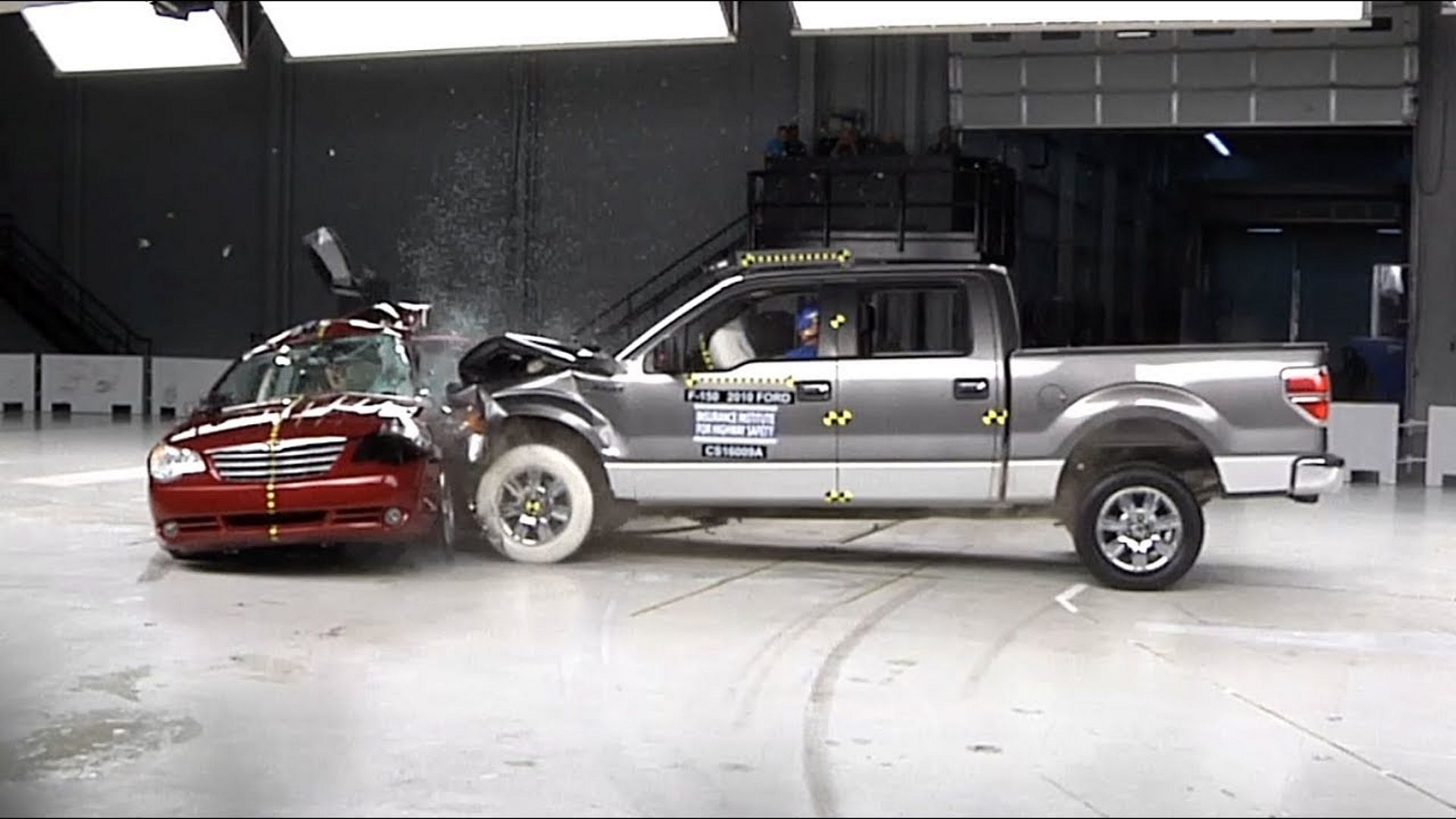

The Insurance Institute for Highway Safety (IIHS) has announced a new series of tests for vehicles equipped with automatic emergency braking systems (AEB) that will analyze the vehicle’s reaction to pedestrians entering the path of the vehicle. To acquire comprehensive results, the IIHS will be implementing three variations of the same test with the first set of results coming in early 2019.
The ratings for the IIHS braking tests will fall in line with its regular ratings for front and rear crash prevention, and vehicles will be rated as basic, advanced, or superior. The test is based on the vehicle’s ability to avoid or mitigate a crash with pedestrian dummies in tests at different speeds.
According to a press release, the tests will simulate these potential collisions:
- An adult pedestrian crosses a street from the right side of the vehicle and perpendicular to its path, with an impact location, in cases when autobrake doesn’t intervene, midway between the vehicle center line and right edge of the vehicle’s front end.
- A child pedestrian runs across a street from behind two vehicles parked on the right side of the vehicle’s path, with a potential impact location on its front end at the center line.
- An adult pedestrian in the lane near the road’s edge facing away from traffic, midway between the vehicle’s center line and right side.
Points will be awarded based on the average speed reduction for five test runs in clear weather on dry pavement during the day. Tests will be conducted at 12 and 25 miles per hour in the perpendicular adult and child scenarios, and at 37 miles per hour in the parallel adult scenario. Systems that issue a timely warning get a one-point credit in the parallel adult test.
“The test with the small child dummy is the toughest,” says David Aylor, manager of active safety testing at IIHS. “The dummy is hidden by a car and an SUV parked on the right side of the road as the test vehicle approaches, so there’s no clear sight line for the cameras — or driver — until the dummy emerges in the vehicle’s path.”
According to IIHS, “Autobrake with pedestrian detection already is making a difference in insurance claims. A 2017 HLDI analysis found that Subaru vehicles equipped with pedestrian detection had claim rates for pedestrian injuries that were 35 percent lower than the same vehicles without the system.”